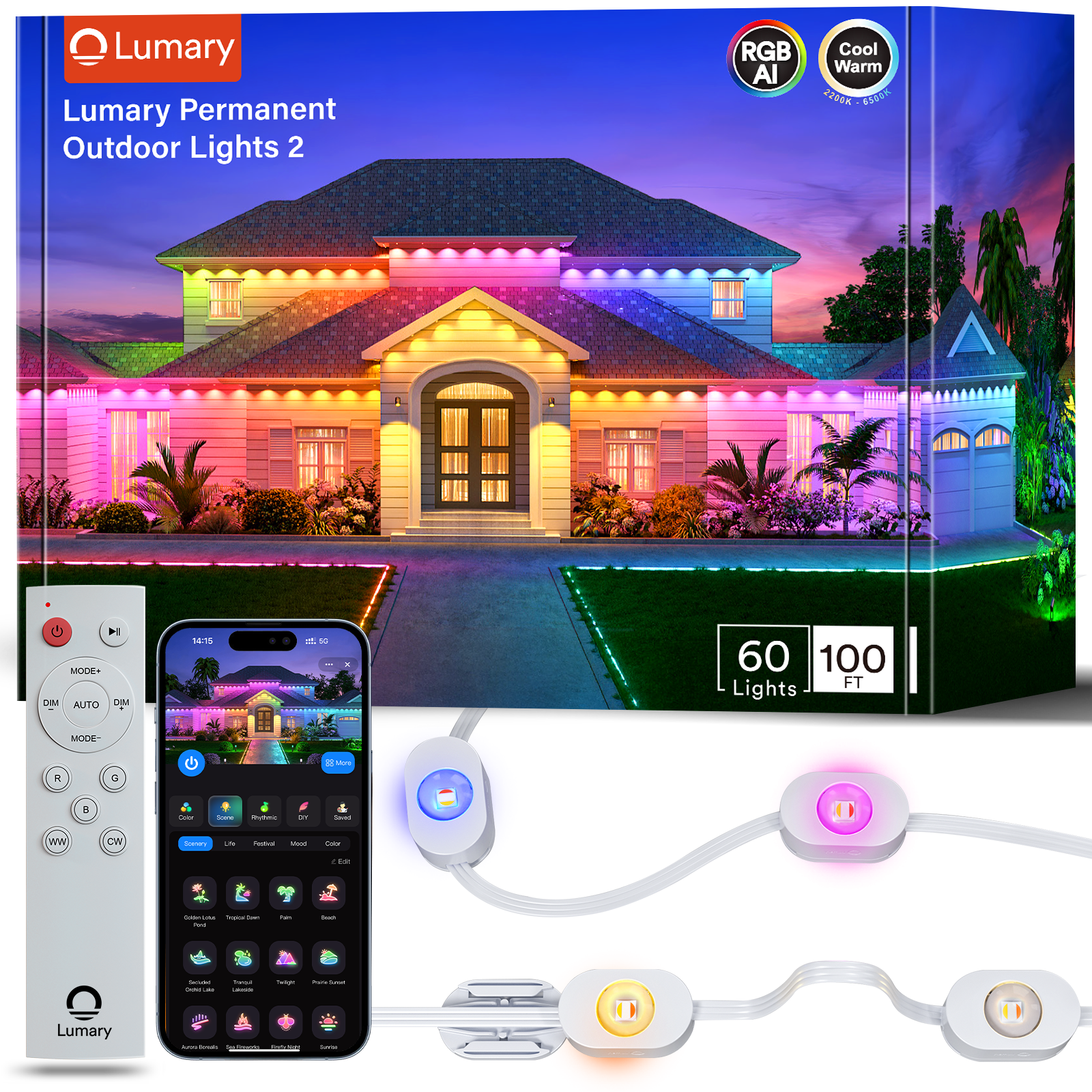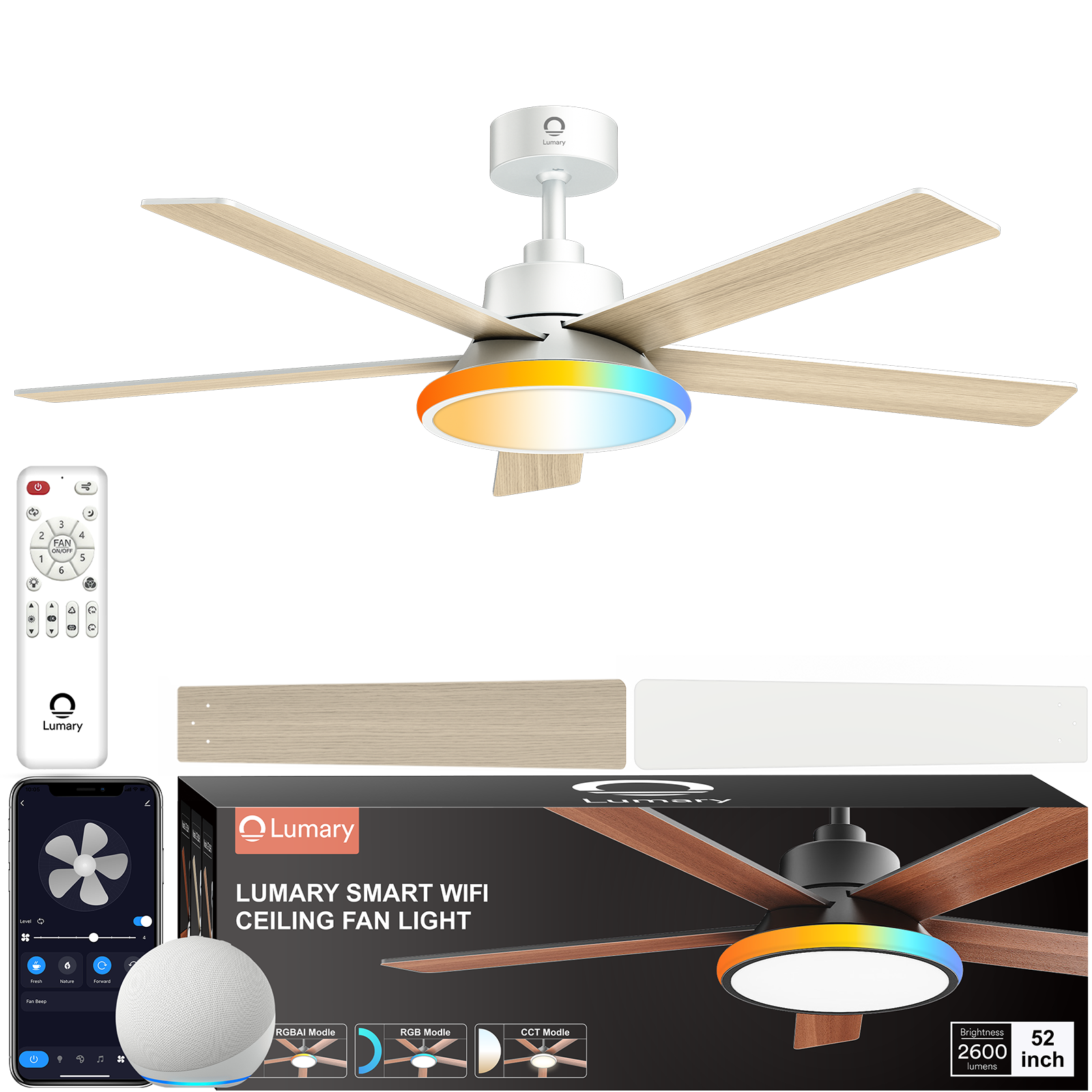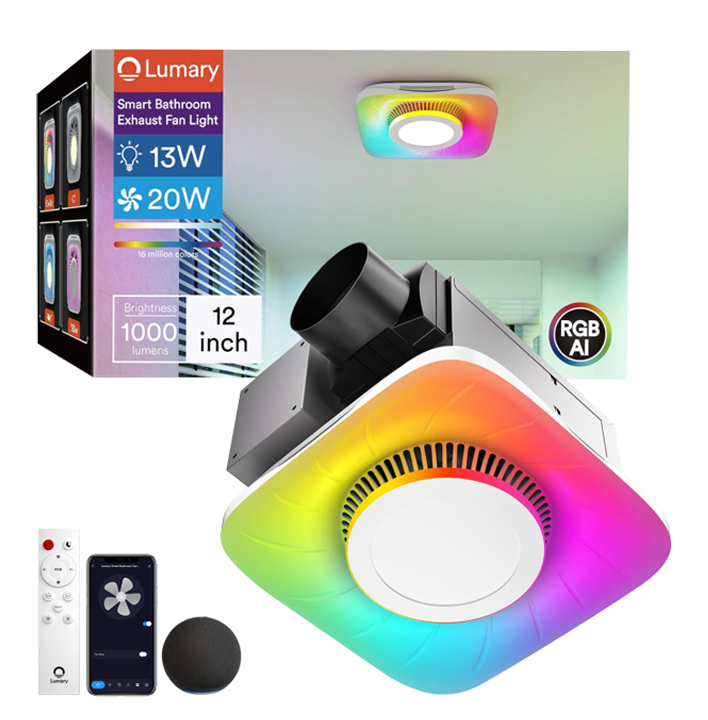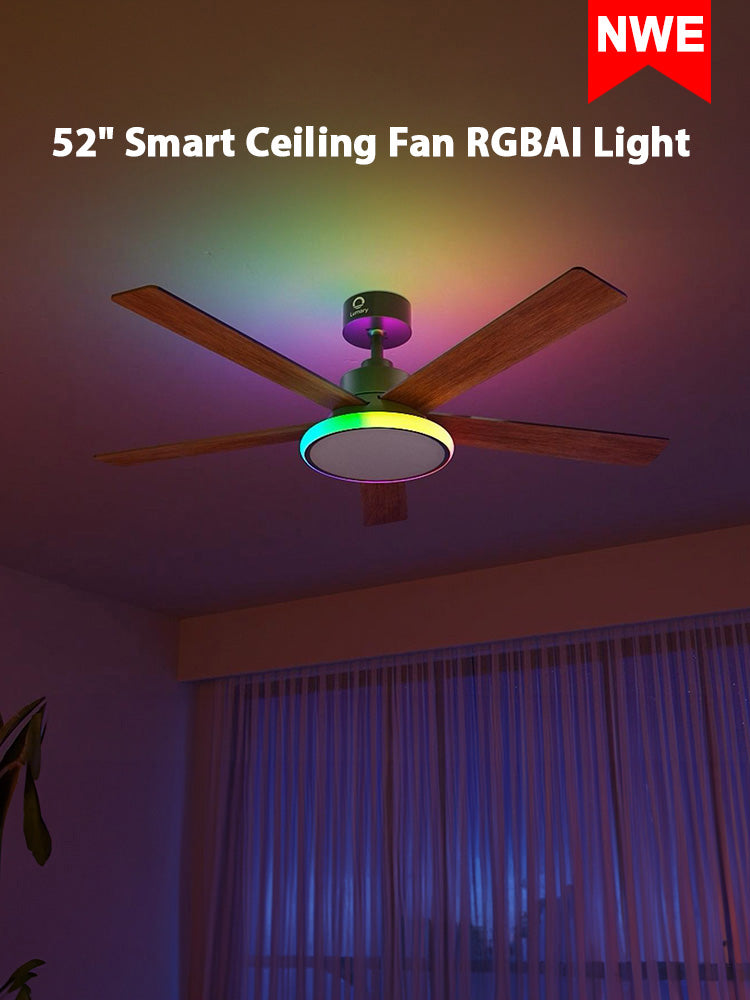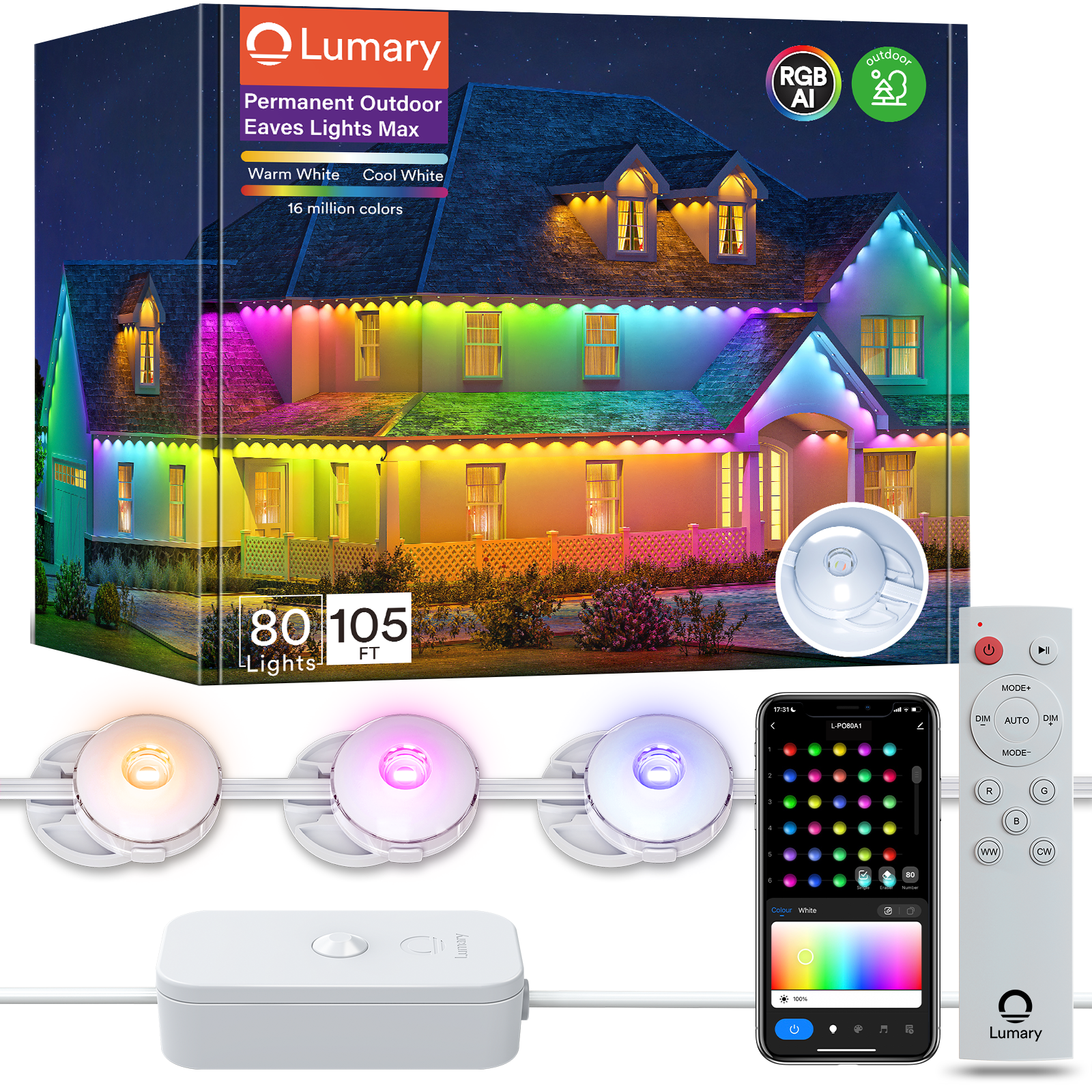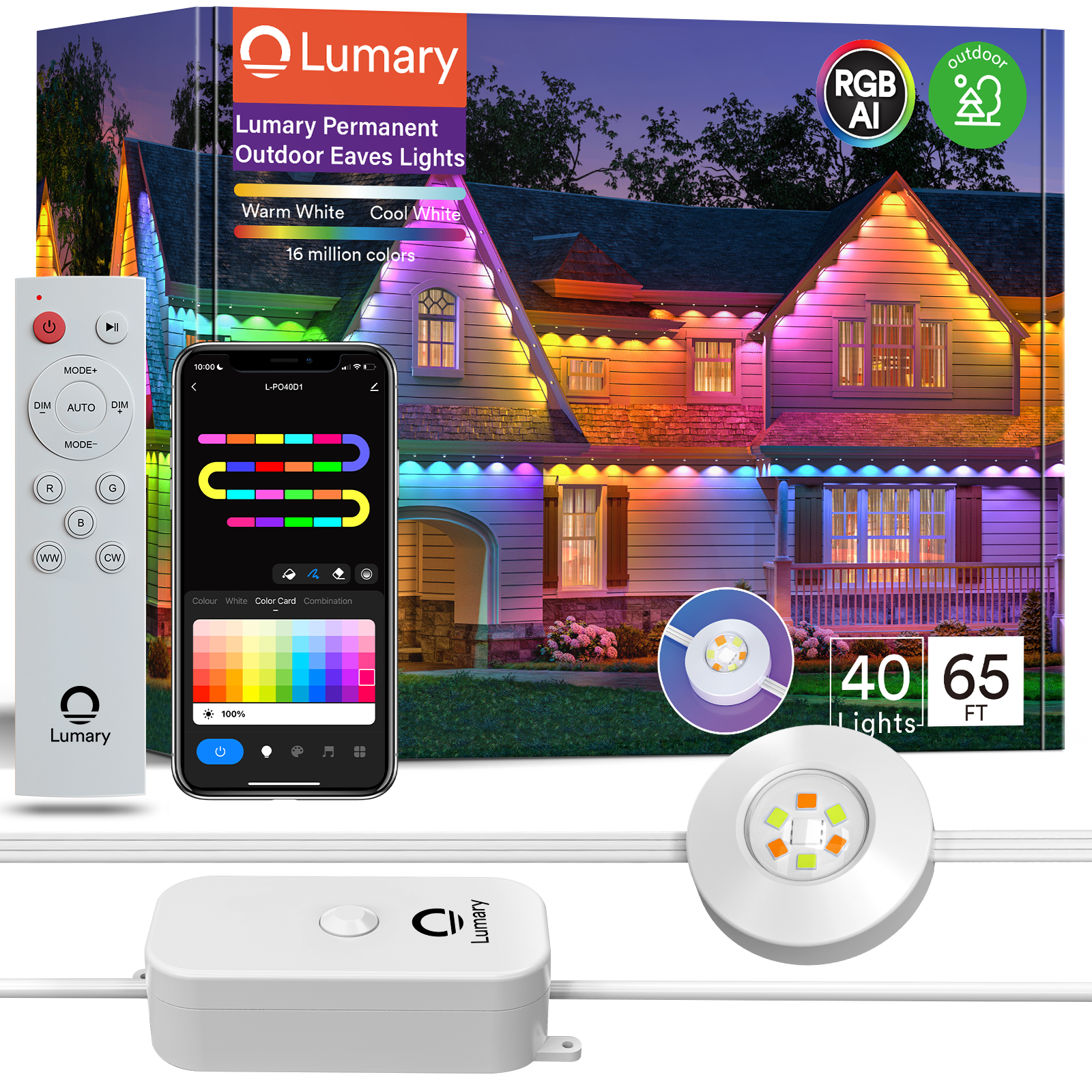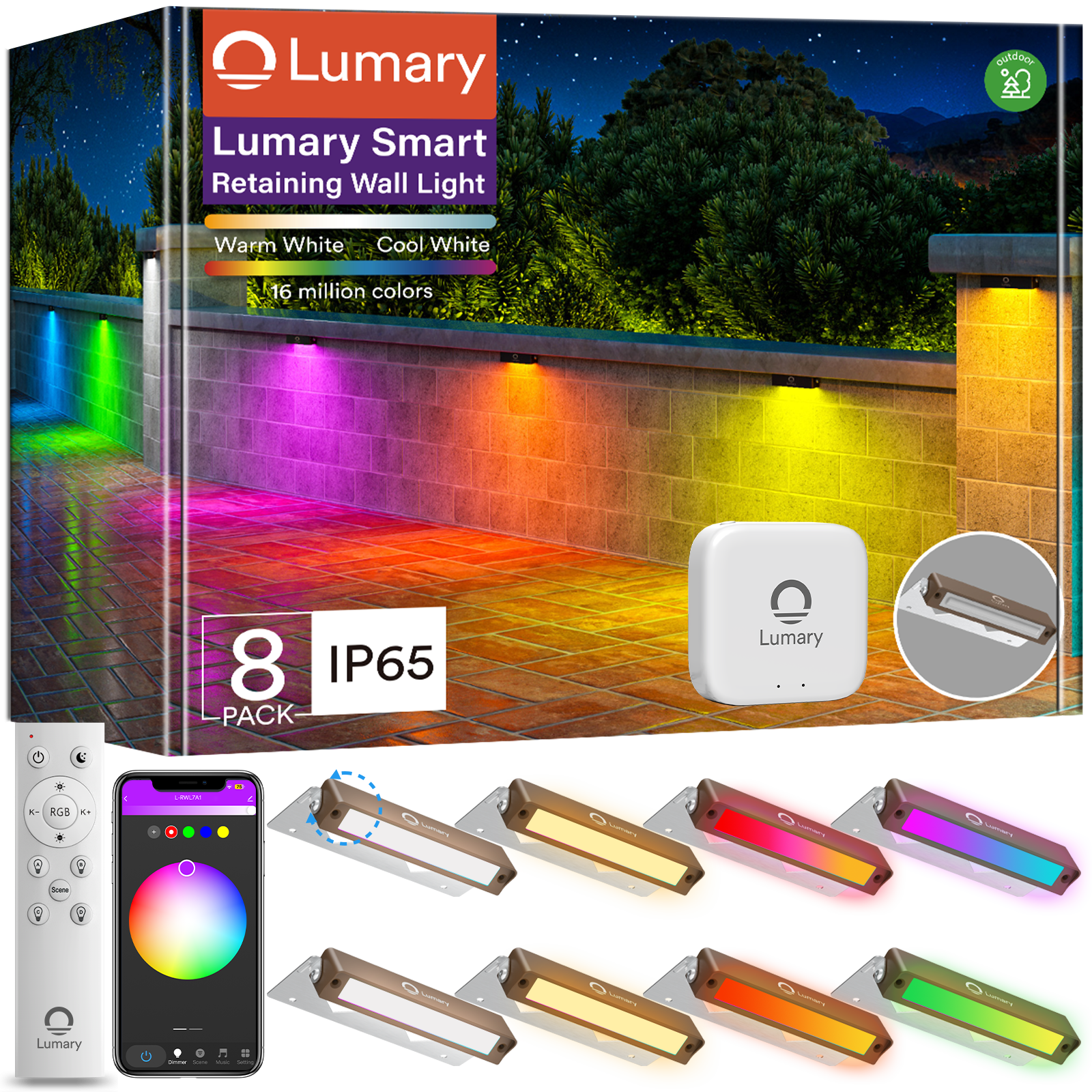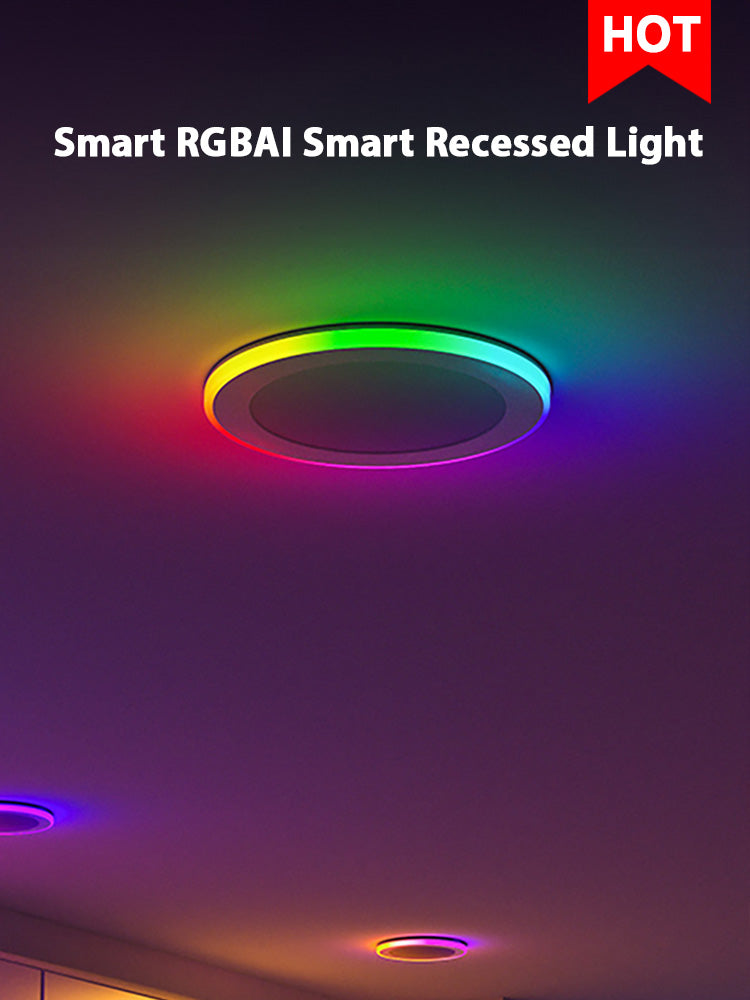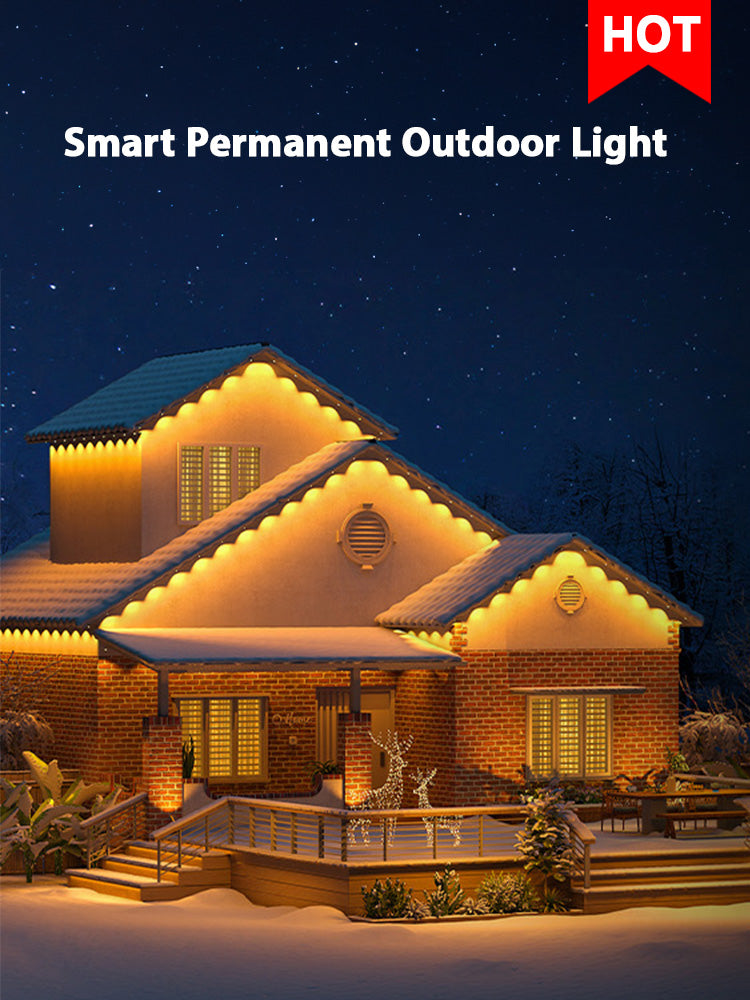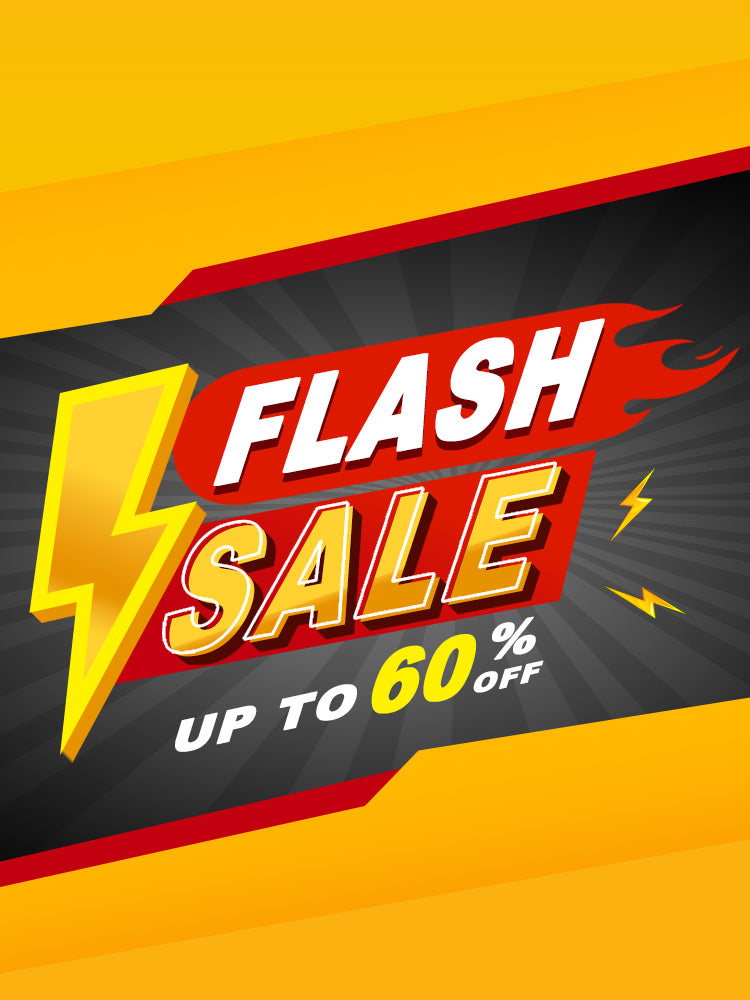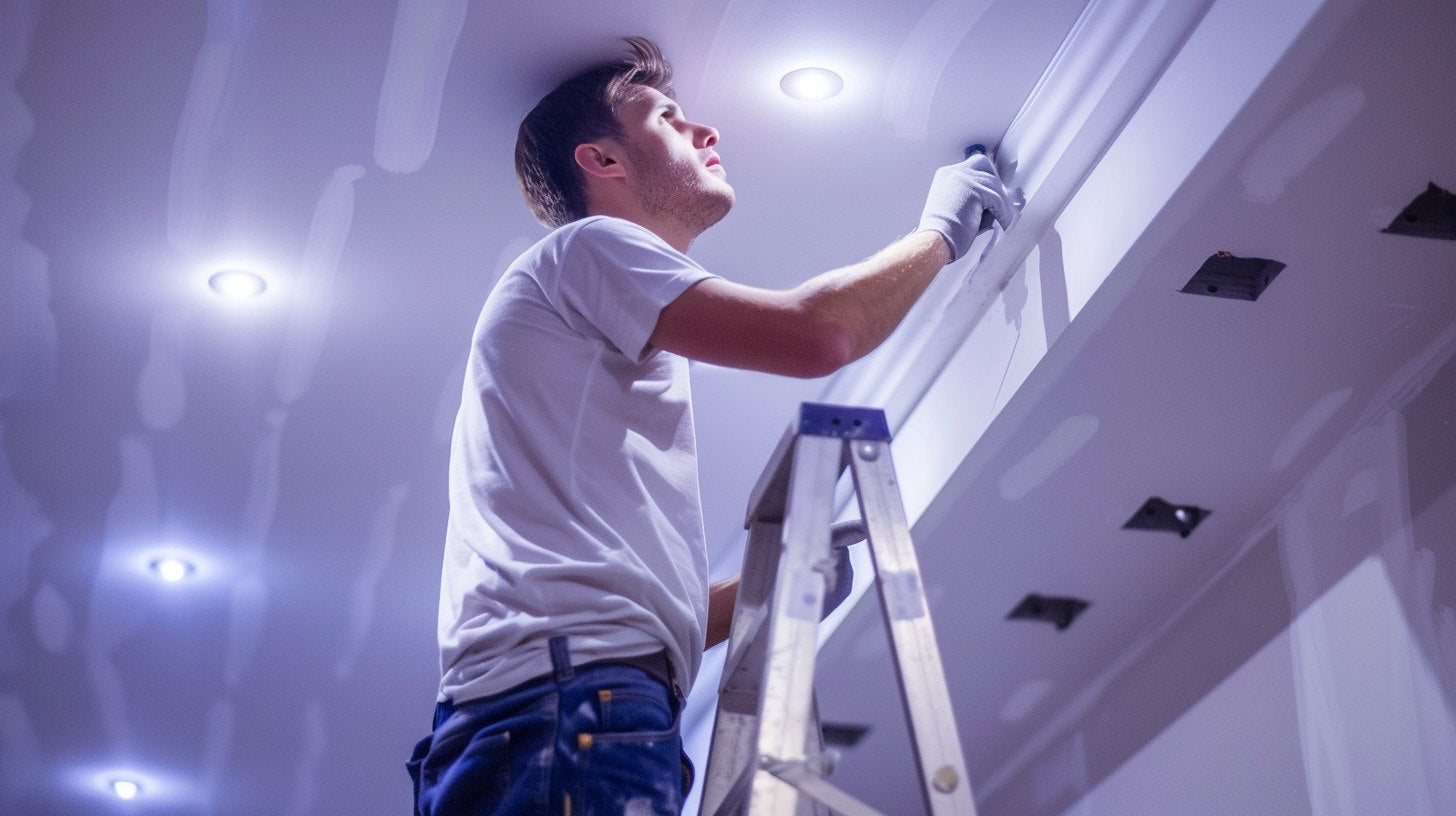Quick Answer
Yes, LED lights do get hot, but they are significantly cooler than traditional incandescent or halogen bulbs. LEDs efficiently convert energy into light, which means less of their energy is wasted as heat. However, they still produce some heat and need to be properly managed with heat sinks or other cooling methods to ensure long-term performance and reliability.
Introduction
LED lights are super popular because they’re energy-saving and last a long time. But some people wonder if they get hot like older bulbs. It’s important to know the truth because it affects how long your LEDs will last. In this article, we’re going to find out if LED lights really heat up, why you should care, and how to keep them shining bright. Get ready for some cool facts about hot lights!

Understanding LED Technology
LED stands for Light Emitting Diode. It’s a tiny chip that glows when electricity runs through it. LEDs are different from old light bulbs you might have around the house — those big round ones with wires inside or the curly energy-saving ones.
Old-fashioned bulbs work by heating up a wire until it’s so hot it starts to glow. That’s why they can get really warm. The twisty ones, called CFLs or compact fluorescents, send electricity through a gas, and that makes them light up.
But LEDs? They’re like a little electronic magic trick. Instead of getting super hot, they make light just by moving some tiny particles around inside a chip. This is much cooler than old bulbs.
Even though LEDs are cooler, they don’t stay completely cold. They still create what we call ‘waste heat,’ but much less. Imagine you’re running around a track; you get hot and sweaty, right? Well, LEDs also ‘sweat’ a bit when they’re working hard to give us light.
So, where does this sweat go? LEDs have something called a heat sink. It’s not a sink filled with water; it’s usually a bunch of metal pieces attached to the LED. These pieces grab the heat and spread it out so the LED doesn’t get too hot.
It’s kind of like how you cool down faster when you spread your arms and legs out after running instead of curling up in a ball. The heat sink helps the LED chill out just like that!
Heat Generation in LEDs
LED lights, like any electronic device, create some heat when they are on. This happens because not all the electricity they use is turned into light; a small part becomes heat. However, compared to old types of light bulbs, LEDs are much better at not getting too hot.
For example, an old light bulb might reach temperatures similar to what you would feel if you touched something really hot, like a pan that’s been on the stove. But an LED stays much cooler – it might feel just a little warm to the touch. Because they don’t get very hot, using LED lights in your room won’t make the room itself significantly warmer.
Also, LEDs have something built into them called a heat sink. This part takes the little heat they do produce and moves it away from the light, which helps the LED not to get too hot. This means LEDs can last a long time without making your space feel warmer.
Measuring the Temperature of LED Lights
Checking the temperature of an LED light is straightforward. We can’t use a regular thermometer like for checking fever, but we can use a special tool called an infrared thermometer. This device lets you point it at the LED and read its temperature without touching it. When this tool is used on LEDs in homes, they’re often found to LED lights typically operate at temperatures between 60°C to 100°C (140°F to 212°F) That’s pretty warm to the touch, but still much cooler than the old light bulbs that could reach up to 300 degrees!
LED lights have to follow certain ‘industry standards’, which are like rules to make sure they don’t overheat. These rules usually say that LEDs should not get hotter than 185 degrees Fahrenheit. Staying below this temperature helps them last longer because too much heat can damage them. It can change their bright white color to a dull yellow and cause them to wear out more quickly, similar to how too much sun affects our skin.
To prevent overheating, LEDs have a built-in part called a heat sink. Think of it as a tool that spreads the heat around so that the LED doesn’t get too hot, helping it stay bright and last longer. It’s like having a little fan inside the LED to help it stay cool.
Managing Heat in LED Lighting Solutions
Efficient Design
The key to preventing LEDs from overheating begins with their design. Manufacturers focus on materials and structures that dissipate heat effectively. Metals are often chosen for parts like the heat sink due to their ability to quickly transfer heat away from the LED.
Heat Sinks
Heat sinks are crucial components in LED lighting. Acting as a thermal conductor, a heat sink pulls heat away from the LED chips and disperses it into the surrounding environment. This process is essential for maintaining the temperature of the LED at safe levels.
Active Cooling Methods
For high-powered LEDs, passive cooling through heat sinks might not be enough. In such cases, active cooling solutions like built-in fans come into play. These fans work similarly to those in computers, actively removing hot air and ensuring the LED device stays cool.
Ventilation Strategies
In large installations such as office spaces, ventilation aids in managing the heat generated by LED lights. Designers optimize air circulation patterns to ensure that warm air produced by LEDs is continuously replaced with cooler air. Implementing LED fixtures on wires or tracks isn’t just an aesthetic choice but also a functional one that enhances air flow and heat dissipation.
Lighting up industrial spaces efficiently isn’t just about having bright ideas; it’s about making intelligent selections. It’s not the future we’re talking about—it’s the present moment, where the question arises: Is LED high bay lighting the future of industrial efficiency? These groundbreaking LED high bay lights revolutionize the way we illuminate our workspace.
Installation Considerations for Homes
Home users should consider the placement of LEDs carefully. Avoiding confined spaces without airflow is crucial, as it can lead to increased heat buildup. Providing ample space around LEDs ensures they don’t overheat. Additionally, using dimmers can help control both light output and heat generation, prolonging the lifespan of the LEDs.

How to Choose High Bay LED Lights
Enter the world of how to choose high bay LED lights, which requires consideration of a few key factors: a leap forward in lighting technology designed for factories, gyms, and warehouses. These aren’t your average lights. They adjust to provide ideal color and brightness, connect seamlessly without complex wiring, and are durable enough to withstand tough conditions with ease.
By adhering to these principles of heat management—thoughtful design, effective use of heat sinks, active cooling measures when necessary, proper ventilation, and strategic home installation—LEDs can operate efficiently without the risks associated with overheating.
In addition to managing heat, there’s the aesthetic and functional aspect of choosing the right lights for your space. the perfect LED ceiling light for your spaces, offering optimal illumination without the complexity of intricate wiring, and they’re resilient enough to endure challenging environments. Imagine having the ability to control an entire network of these potent lights with just a tap or a voice command.
Best Practices for Homeowners and Installers
Now that we know keeping LEDs cool is key, what can you do at home to make sure your LED lights live their best life? Here are some top tips:
- Space Matters: LEDs need room to “breathe.” Install your LED lights in open areas where air can flow freely. Avoid placing them in tight, enclosed spaces which can trap the heat they emit.
- Heat Sink Selection: When buying LED fixtures, look for those with quality heat sinks. Heat sinks are vital because they pull heat away from the LEDs, preventing overheating and extending the life of your lights.
- Allow for Airflow: When installing LED lights, make sure they’re not too close to insulation or other materials. Each light should have enough space around it so that heat can escape without being trapped.
- Brightness Control: Smart home systems can be set up to automatically lower the brightness of LEDs at times when full brightness isn’t necessary. Lower brightness means less heat production and energy usage.
- Regular Dusting: Keep LEDs clean from dust and debris. A layer of dust can act like an insulating blanket, causing the LED to retain more heat. Clean LEDs will dissipate heat more efficiently.
Following these guidelines will help ensure that your LED lights operate well without overheating. This leads to a longer lifespan for the LEDs, better performance, and could also contribute to a reduction in your energy bills.
Embracing LED Lights for Their Efficiency and Longevity
Embracing LED technology is a smart move for so many reasons. In our homes, they’re the penny-pinchers of our electricity bills, sipping power gently instead of gulping it down. And because they don’t get super hot, they’re much safer, reducing the risk of burns or overheated fixtures.
So as you switch off the lights in your room tonight, remember this: each little LED is flicking away heat, saving pennies, and keeping things bright and beautiful. They’re proof that even the smallest changes at home can add up to make a big difference for our wallets and our world.
In summary, LEDs aren’t just the future; they’re the here and now. They’re a shining example of how technology can help us live better, smarter, and cooler. So next time you flip that switch, you can feel good knowing you’ve made a choice that’s bright for both your home and the environment.
FAQs About LED Lights
Q1: What are LED lights and how do they work?
LED stands for Light Emitting Diode. These lights work by passing electricity through a semiconductor material which then emits light. They are more energy-efficient than traditional bulbs because less energy is wasted as heat.
Q2: Do LED lights save money?
Yes, LEDs use significantly less electricity than incandescent or halogen bulbs, which means lower energy bills. They also last much longer, reducing the need for frequent replacements.
Q3: Can LED lights be dimmed?
Many LED lights are dimmable, but you’ll need to check the packaging to make sure. Also, ensure your dimmer switch is compatible with LED technology.
Q4: Are LED lights good for the environment?
Absolutely. LEDs use less power and last longer than traditional bulbs, meaning less waste and fewer resources used over time.
Q5: How long do LED lights typically last?
LEDs often last for 25,000 to 50,000 hours of use, far outstripping the 1,000 to 2,000 hours of incandescent bulbs.
Q6: Do LED lights contain any hazardous materials?
No, LEDs do not contain mercury or other hazardous substances commonly found in other types of lighting such as fluorescent bulbs.
Q7: Can I replace any light bulb with an LED equivalent?
In most cases, yes. LED bulbs are available with a variety of fittings, shapes, and sizes to fit existing lamps and fixtures.
Q8: Why do my LED lights flicker when dimmed?
This usually happens if the dimmer switch isn’t compatible with the LED bulbs. Check both the bulb and the dimmer for compatibility or consider replacing the dimmer with an LED-specific model.
Q9: Can LED lights be used outdoors?
Yes, but make sure the LED bulbs you choose are rated for outdoor use. Look for bulbs with weatherproof ratings suitable for your climate.
Q10: Are LED lights safe to leave on all the time?
While LEDs are much safer due to their lower heat output, it’s generally not recommended to leave any electrical items on indefinitely due to risks like electrical fires.
Q11: Do LED lights attract fewer insects than other light bulbs?
Yes, some studies suggest that LED lights attract fewer insects compared to traditional light bulbs because they emit less ultraviolet light.
Q12: Is it worth upgrading to LED lights if my old bulbs are still working?
While your old bulbs may still work, switching to LEDs can save you money on your energy bills and reduce the need to replace burned-out bulbs frequently.

